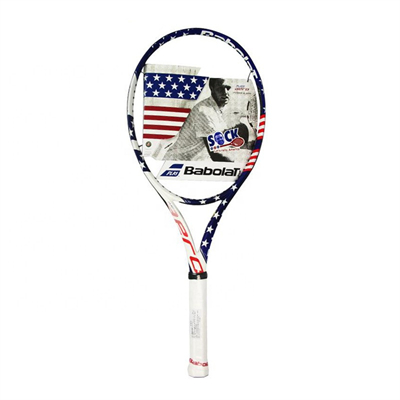What are the design principles of tennis rackets?
The design principles of rackets depend to a large extent on the type and level of players. Its principles include power, handling, comfort, and mechanical failure. In an ideal state, all rackets are pursuing the maximization of these indicators. In the end, power and control are chosen as the most important indicators in the design.
The first design principle is “for greater power, use network cables.” The network cable can recover about 90% of the deformation energy after being impacted. A single ball (rebounding on a hard surface) can only recover 45% of its energy (Brody, 1995).
The energy from the deformation of the racket frame is not returned to the ball in time, increasing the energy of the ball. It means the greatest degree of deformation of the wire of any racket when it is impacted. More power than tennis ball or frame deformation. In the 1970s, after the emergence of oversized rackets. Begin to apply the principle of limiting the size of the network cable bed. The current principle establishes the maximum value of the quality and width of the network cable. Measure inside the two parts of the frame. Later attempts to maximize the size of the cable bed focused on the use of a square racket face shape. Instead of a simple circle. This results in a very long length of all network cables. But there are structural limitations. The frame becomes difficult to manufacture, is not strong enough, and looks bad.






















